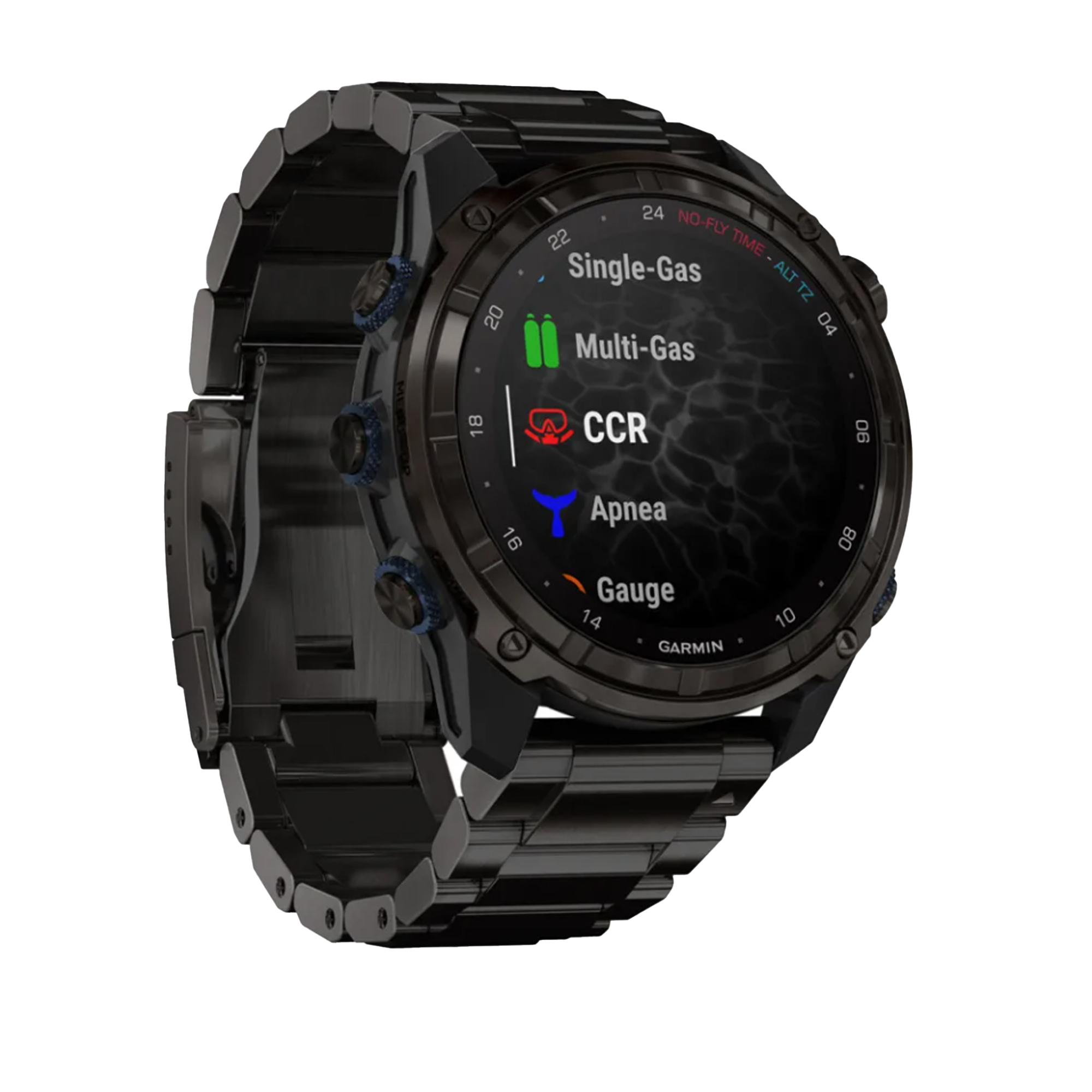Navigation
Mountain Maid
![]() Wreck Dive |
Wreck Dive | ![]() Boat access
Boat access
![]()
![]()
![]()
Two-Masted Wooden Brig | Max Depth: 8 m (26 ft)
Level: Open Water and beyond.
The Mountain Maid shipwreck lies in Port Phillip near Swan Island. When Mountain Maid was launched in Dundee in March 1841, the local newspaper reported that "the event ran smoothly, the mould of the vessel was beautiful, and the figureheads was exceptionally neat".
In its first 12 years, the ship traded between Europe, North America and the Orient and at one point was thought to possibly be involved in smuggling. In 1853, Mountain Maid was sold and began trading between the new Australian Victorian colony and Southeast Asia.
Diving and Snorkelling the Mountain Maid Shipwreck
The seabed at the site of the Mountain Maid is essentially level and the wreck remains lie flat on a limestone rock platform with a shallow cover of sand and shell debris. Some 27 metres of keel and keelson are present with a large proportion of the flat of bottom including floors, bottom strakes and ceiling planking intact and coherent. Bamboo dunnage laid in the bilge to prevent water damage to dry cargo lies in situ under the sediment.
The Mountain Maid is best dived at flood slack. It should be avoided in northerly winds when the waves can become large and a hazard to divers and boating.
See WillyWeather (Swan Island) as a guide for the tide times and the height of the tide.
Mountain Maid Shipwreck History — Built in 1841
The Mountain Maid was a two-masted wooden brig (snow) of 194 tons, built in 1841, by Alexander Brown, in Dundee, Scotland. The vessel was built on the dimension of 84 ft (26 m) in length, with a beam of 20.5 ft (6.25 m) with a draught of 14.9 ft (4.54 m).
Mountain Maid Sinking — 24 September 1856
On a voyage from Manila to Melbourne in 1856, with a cargo of rice, sugar and rope, under the command of Captain John Lawson, Mountain Maid was wrecked after colliding with the Victorian steamer, SS Queen at 9:30 p.m. on Wednesday 24 September 1856.
The SS Queen sliced through the Mountain Maid's starboard bow. No lives were lost but the ship sank quickly and the crew was forced to swim for their lives.
Pilot Patterson onboard Mountain Maid was dismissed from the Pilot service, as he'd already run two other ships aground before changing direction and causing the collision with SS Queen (Lomdahl 1992:Mountain Maid).
MAAV members discovered the remains of the wreck in 1981 and protection was declared in 1986. There have been wreck inspections and surveys completed in 1984 and 1991 and the vessel is part of the Underwater Shipwreck Discovery Trail (Lomdahl 1992). Thirty-nine artifacts are listed in the EMU database. Some artifacts in the collection include a barometer scale, glass bottles and pieces of ceramic.
The Mountain Maid is archaeologically significant for its remains of a British built international trading vessel of the mid-nineteenth century.
See also, Heritage Council Victoria: Mountain Maid,
MAAV: Mountain Maid 1841-1856,
Australian National Shipwreck Database: Mountain Maid, and
Dive Information Sheet: Mountain Maid (1841-1856).
This vessel is one of the many historic shipwrecks included in Victoria's shipwreck-discovery-trail. Qualified divers can explore the wrecks of old wooden clippers, iron steamships and cargo and passenger vessels located along the coast and in Port Phillip. Some of these wreck dives are suitable for beginners, even snorkellers, while other wrecks require the skills and experience of advanced divers.
Heritage Warning: Any shipwreck or shipwreck relic that is 75 years or older is protected by legislation. Other items of maritime heritage 75 years or older are also protected by legislation. Activities such as digging for bottles, coins or other artefacts that involve the disturbance of archaeological sites may be in breach of the legislation, and penalties may apply. The legislation requires the mandatory reporting to Heritage Victoria as soon as practicable of any archaeological site that is identified. See Maritime heritage. Anyone with information about looting or stolen artefacts should call Heritage Victoria on (03) 7022 6390, or send an email to heritage.victoria@delwp.vic.gov.au.
Traditional Owners — This dive site is in the traditional Country of the Wathaurong (Wadda-Warrung) people of the Kulin Nation. This truly ancient Country includes the coastline of Port Phillip, from the Werribee River in the north-east, the Bellarine Peninsula, and down to Cape Otway in the south-west. We wish to acknowledge the Wathaurong as Traditional Owners. We pay respect to their Ancestors and their Elders, past, present and emerging. We acknowledge Bunjil the Creator Spirit of this beautiful land, who travels as an eagle, and Waarn, who protects the waterways and travels as a crow, and thank them for continuing to watch over this Country today and beyond.
Mountain Maid Location Map
Latitude: 38° 14.310′ S (38.2385° S / 38° 14′ 18.6″ S)
Longitude: 144° 42.446′ E (144.707433° E / 144° 42′ 26.76″ E)
Datum: WGS84 |
Google Map
Added: 2012-07-22 09:00:00 GMT, Last updated: 2022-05-15 10:22:36 GMT
Source: Getunder Dive Club
Nearest Neighbour: Will O the Wisp, 641 m, bearing 238°, WSW
Wooden hulled, two-masted Brigantine.
Built: Dundee, 1841.
Sunk: 24 September 1856.
Depth: 5 to 8 m.
[ Top ]
DISCLAIMER: No claim is made by The Scuba Doctor as to the accuracy of the dive site coordinates listed here. Should anyone decide to use these GPS marks to locate and dive on a site, they do so entirely at their own risk. Always verify against other sources.
The marks come from numerous sources including commercial operators, independent dive clubs, reference works, and active divers. Some are known to be accurate, while others may not be. Some GPS marks may even have come from maps using the AGD66 datum, and thus may need be converted to the WGS84 datum. To distinguish between the possible accuracy of the dive site marks, we've tried to give each mark a source of GPS, Google Earth, or unknown.
Copyright © 2005-2022 by The Scuba Doctor Australia, ABN 88 116 755 170. All rights reserved.
tel. +61 3 5985 1700 :: email. diveshop@scubadoctor.com.au :: Web site by it'sTechnical 2022







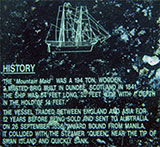
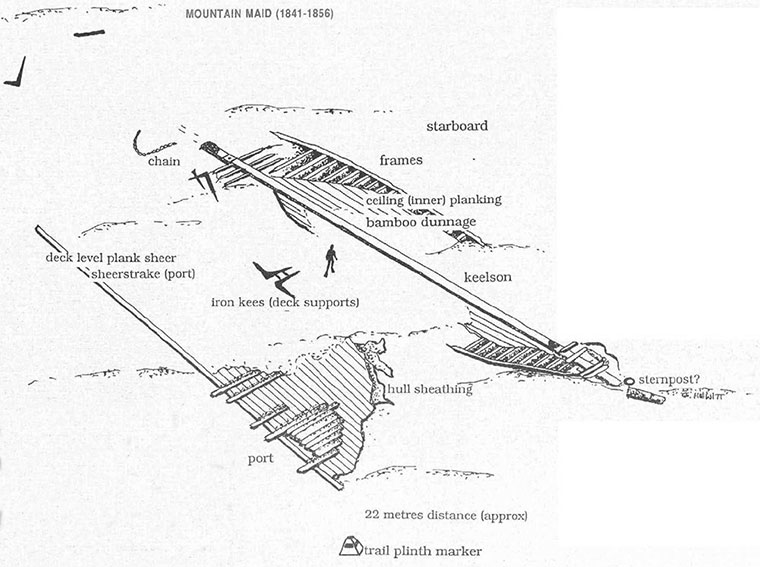
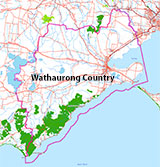

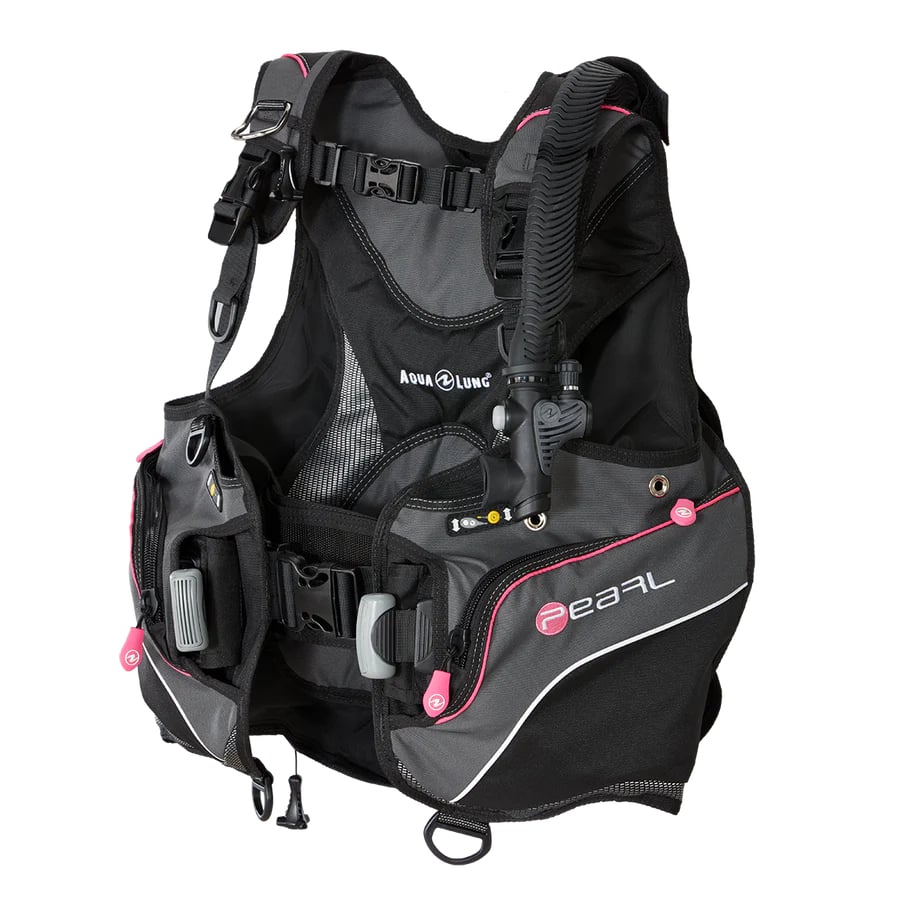

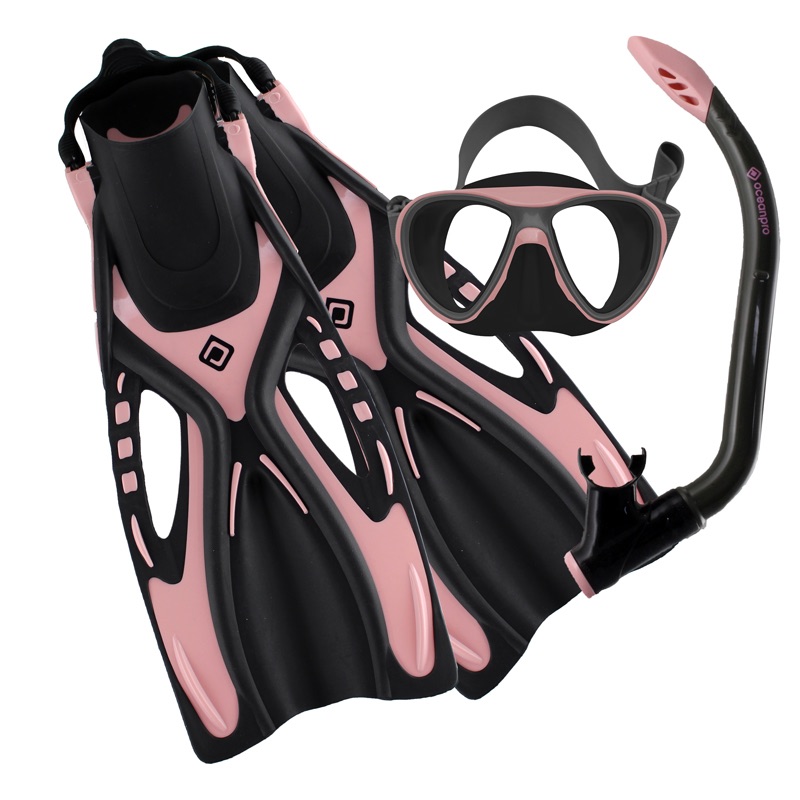





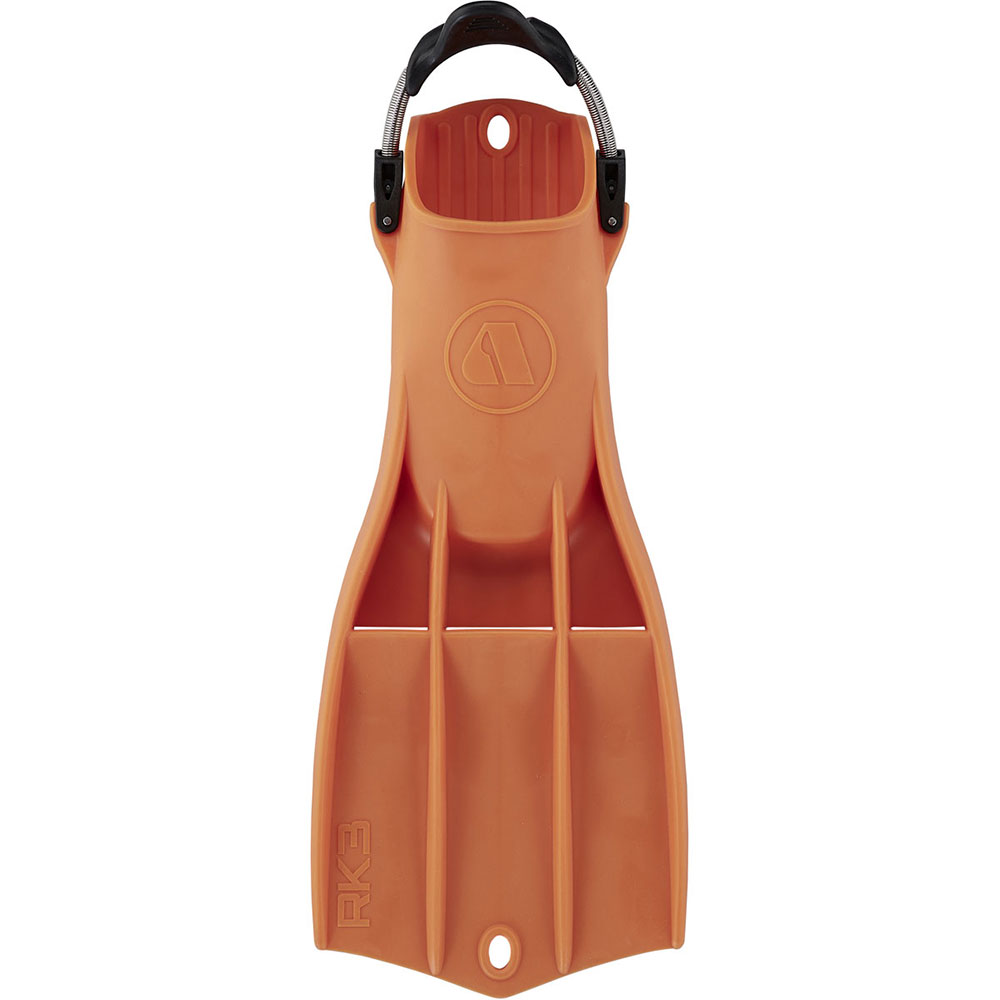




![Halcyon Infinity 30lb System [SS Small Backplate] Halcyon Infinity 30lb System [SS Small Backplate]](/diveshop/images/halcyon/Halcyon-Evolve-Wing.jpg)


